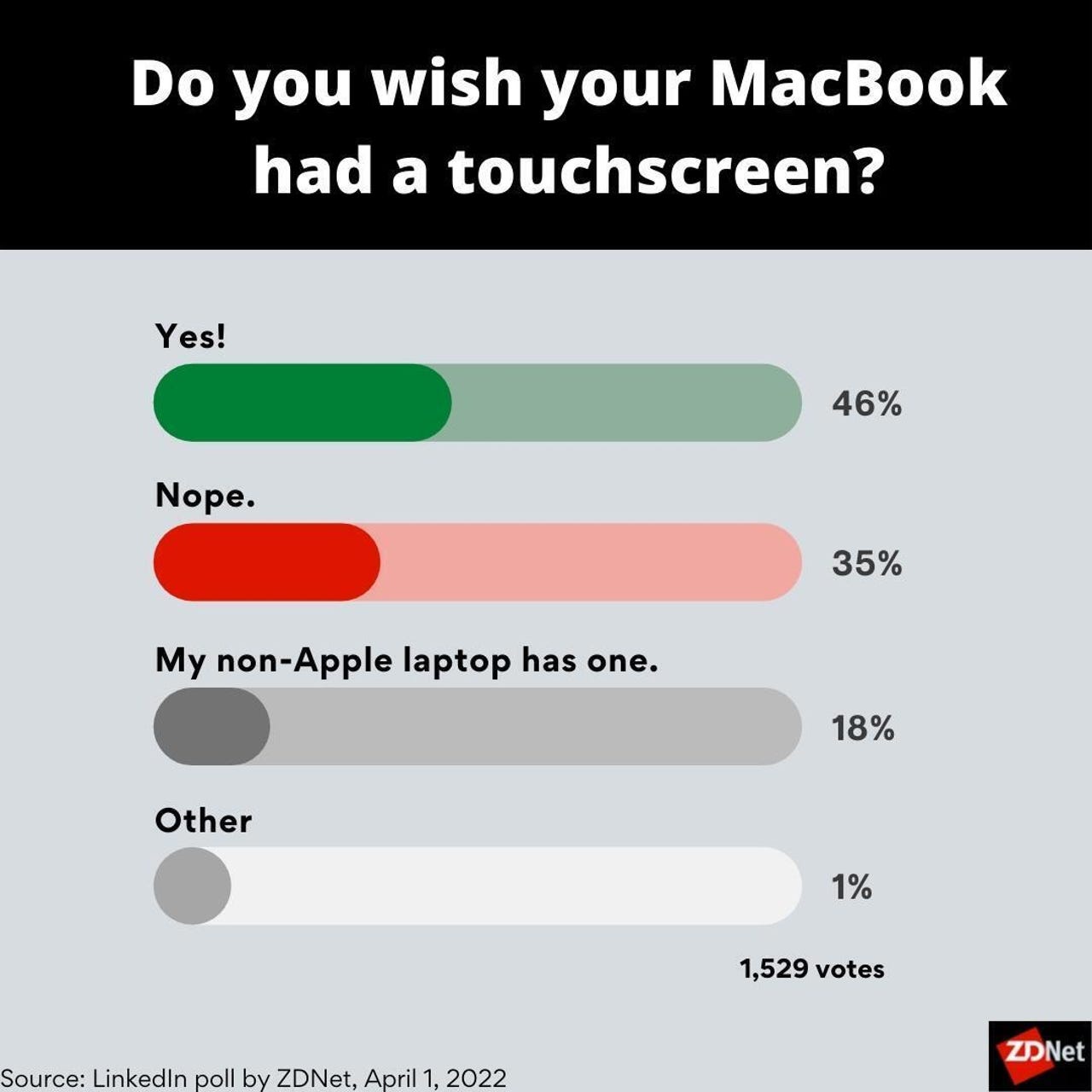'ZDNET Recommends': What exactly does it mean?
ZDNET's recommendations are based on many hours of testing, research, and comparison shopping. We gather data from the best available sources, including vendor and retailer listings as well as other relevant and independent reviews sites. And we pore over customer reviews to find out what matters to real people who already own and use the products and services we’re assessing.
When you click through from our site to a retailer and buy a product or service, we may earn affiliate commissions. This helps support our work, but does not affect what we cover or how, and it does not affect the price you pay. Neither ZDNET nor the author are compensated for these independent reviews. Indeed, we follow strict guidelines that ensure our editorial content is never influenced by advertisers.
ZDNET's editorial team writes on behalf of you, our reader. Our goal is to deliver the most accurate information and the most knowledgeable advice possible in order to help you make smarter buying decisions on tech gear and a wide array of products and services. Our editors thoroughly review and fact-check every article to ensure that our content meets the highest standards. If we have made an error or published misleading information, we will correct or clarify the article. If you see inaccuracies in our content, please report the mistake via this form.
The results are in: ZDNet's LinkedIn fans want a touchscreen MacBook, too

Last week, I opined about how I want a touchscreen MacBook. The idea isn't new, of course, but it was rekindled after using Microsoft's Surface Laptop Studio, a laptop that I continue to use, and in fact, am writing this very story on. Naturally, any article that involves changing how we interact with our devices -- especially Apple devices -- can spark a lot of conversation and debate.
For example, ZDNet's social team posted a poll on LinkedIn asking followers if they wish their MacBook had a touchscreen. In addition to 25 comments, there were a total of 1,529 votes. The results showed that there's a clear desire from those who participated for Apple to add touch to the MacBook with 46% of those who took part in the poll answering yes. In second place, at 35%, are those who answered that they don't want a touchscreen Mac.
I know this is a controversial topic, and one that's been debated for years now. Many of the comments and emails I personally received stated that a touchscreen Mac already exists in the form of an iPad. But, I can tell you as an avid iPad Pro user, Apple's tablet is no Mac.
Also: How to use an iPad Pro to power your home office
And I have no issues with that. In fact, it's part of the reason why I enjoy using an iPad so much -- there's a level of simplistic complexity to iPadOS that I find valuable.
Adding touch interactions to MacOS will be a tricky endeavor, should Apple ever fully embrace it. But like I said in my original post, a lot of that groundwork has already been done. Control Center on MacOS looks almost identical to iPadOS, just with a few extra Mac-like interface choices. However, the buttons and sliders are all slightly larger than they need to be for a traditional mouse and pointer.
Late last year, after Apple released the 14-inch and 16-inch MacBook Pro laptops with a notch at the top of the display for the front-facing camera, company executives talked with The Wall Street Journal about why it hasn't added a touchscreen or Face ID to its Mac lineup. The reason there isn't a touchscreen Mac yet? Because the iPad is the best touch computer.
Here's the thing, though. I don't totally buy Apple's answer. The company is notorious for dismissing ideas and product changes, only to later embrace them with enough spin to make you dizzy. Remember how Steve Jobs dismissed small tablets, saying something along the lines of users needing sandpaper to make their fingers small enough to use them? That was in October 2010. The first generation iPad Mini launched in November 2012.
There are other examples of similar flip-flop from Apple, based on what users and the market demand. While anecdotal, this poll shows there's some demand for a touch-enabled Mac. Let's just hope someone at Apple is listening.
